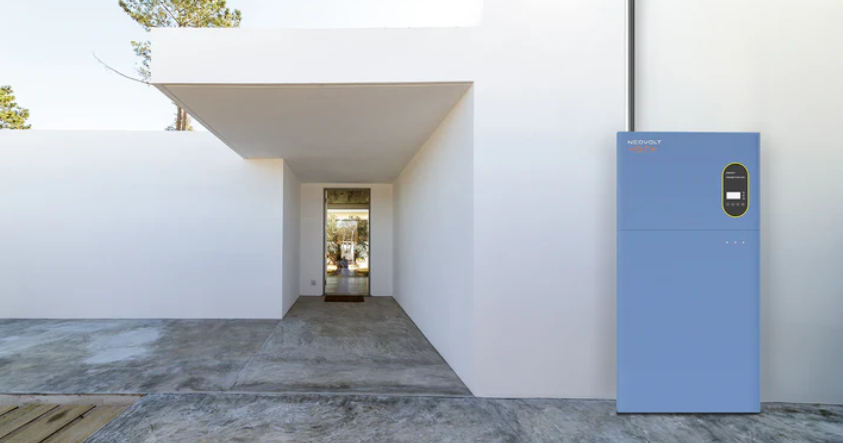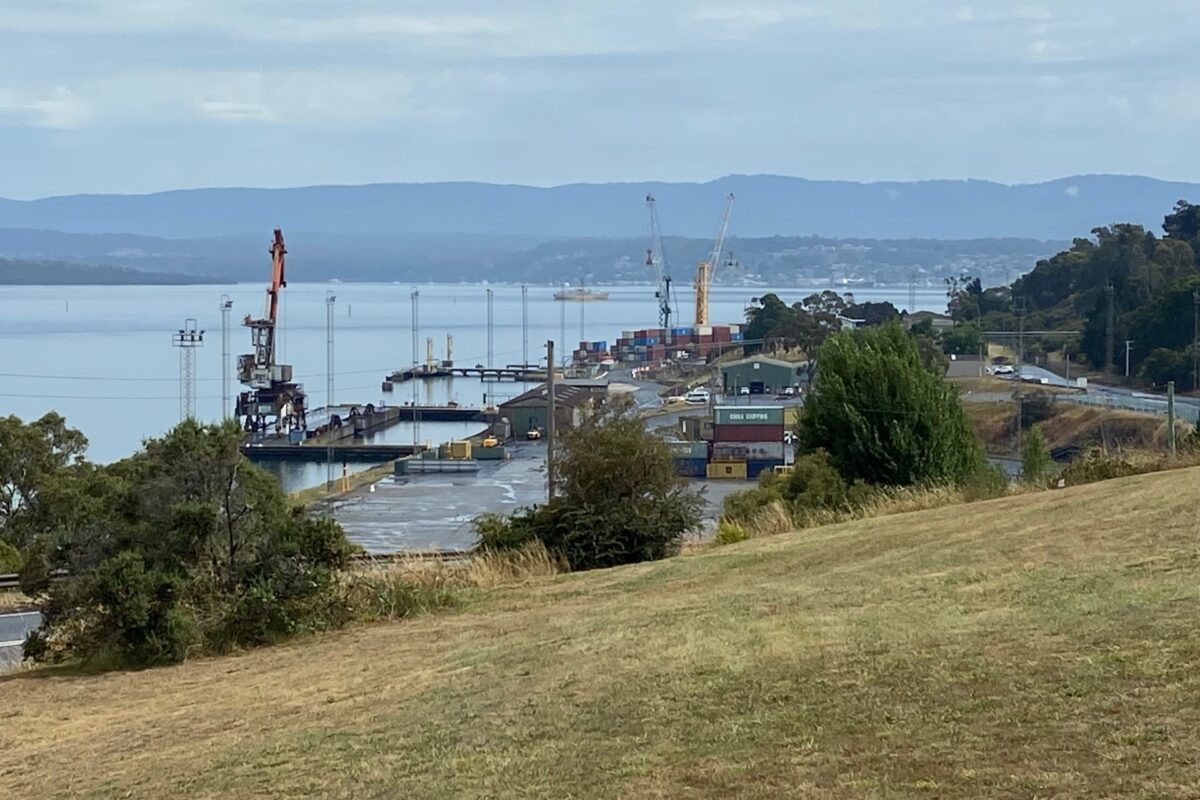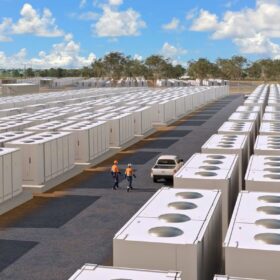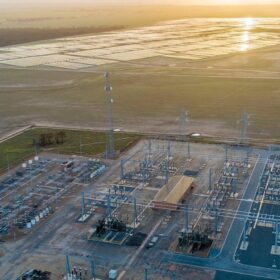Launched in May 2024, the New South Wales (NSW) battery rebate incentive was announced under the Peak Demand Reduction Scheme (PDRS), which aims to help make the grid more reliable and stable during periods of peak demand as reliance on fossil fuels is reduced.
Beginning 1 November 2024, rebates will be offered from $1,600 based on battery size, for systems ranging from 2 kWh to 28 kWh capacity, but as one Sydney-based installer has found, the long lead time to the rebate starting is impacting battery rollout.
Battery retailer and installer VoltX Energy Chief Operating Officer David Sedighi said the company saw a drop in transactions on the day the rebate was announced.
“Over 30% of our customers indicated their intention to wait and with over 20 installations per week, that’s quite a significant drop so we immediately called a board meeting on the day of the announcement to devise a strategy,” Sedighi said.
The reaction of consumers to indicate they’d wait the then six months until the rebate began, was a driving factor for VoltX Energy to approach a battery supplier, Neovolt, and together offer a rebate early.
“While I think the intention of the government’s rebate is commendable, the delay is inadvertently creating a disincentive for an immediate uptake of energy storage,” Sedighi said.
“We think it would have been more effective to introduce the rebate in a much shorter time frame, to encourage a continuous adoption and avoid a slowdown and anticipated pause, and then an anticipated rush.”
VoltX customer Kylie Rosenbaum considered potential delays from a rush on the rebate when deciding to install a battery system almost two months ago.
“We were thinking of waiting for the government rebate because $1,600 is a lot but when we found VoltX doing this out of their own pocket, we decided to install thinking there’ll be a lot of people wanting to get their battery rebate and batteries in before summer causing another delay.”
Sedighi said consumers worry about missing out on savings now, but they and the industry are aware of potential backlogs when the rebate starts.
“We’ve seen that happen in other states and consumers want to take advantage of storage now and there’s really no reason to wait apart from the rebate,” Sedighi said.
“We believe that energy storage is essential for Australia’s transition to renewable energy, and to have independence in Australia and energy security which are both requirements today.”
According to the Clean Energy Council, one third of the 150,000 behind-the-meter batteries installed in Australia since 2020 occurred in 2023 (57,000), but the number is low compared the Clean Energy Regulator figures that show 3.8 million rooftop solar systems have been installed nationally since 2001.
This content is protected by copyright and may not be reused. If you want to cooperate with us and would like to reuse some of our content, please contact: editors@pv-magazine.com.








2 comments
By submitting this form you agree to pv magazine using your data for the purposes of publishing your comment.
Your personal data will only be disclosed or otherwise transmitted to third parties for the purposes of spam filtering or if this is necessary for technical maintenance of the website. Any other transfer to third parties will not take place unless this is justified on the basis of applicable data protection regulations or if pv magazine is legally obliged to do so.
You may revoke this consent at any time with effect for the future, in which case your personal data will be deleted immediately. Otherwise, your data will be deleted if pv magazine has processed your request or the purpose of data storage is fulfilled.
Further information on data privacy can be found in our Data Protection Policy.